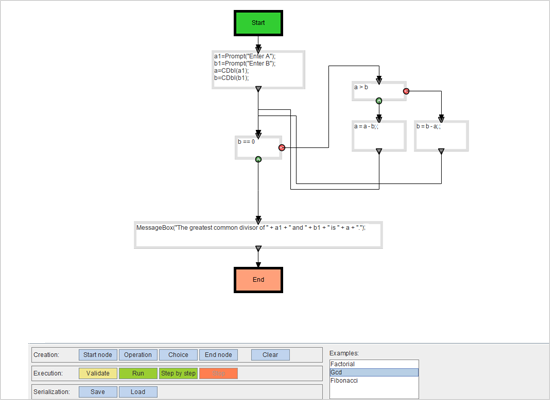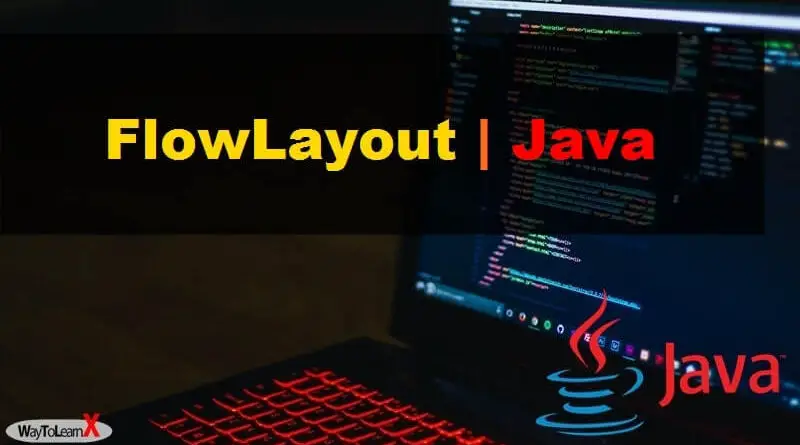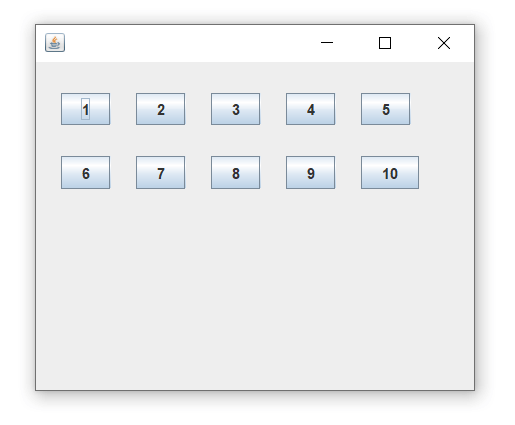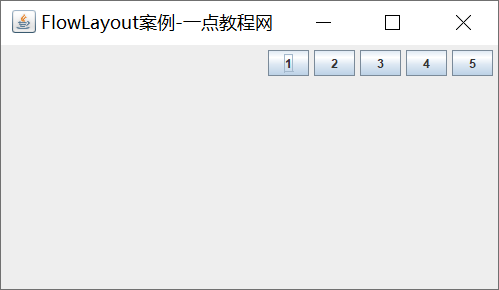

To summarise, we can illustrate the structure of the layout as follows: In this example, we want two rows and two columns. With GridLayout, we can divide an area into equal size rows and columns by stating the number of rows and columns. To achieve the arrangement as shown above, we can use GridLayout as the layout manager. By Java Tutorial BoxLayout arranges components either in a row or in a column. In the bottom container however, we are going to put four GUI widgets. If the whole form is created using BoxLayout, one oriented as BoxLayout. Since there is only one widget that will be placed in the top container, we can use FlowLayout. Inside each of the region we use a container, and each container will be assigned its own layout manager. It lays out the components horizontally, and then vertically. Remember that this is the layout manager for the main container. The FlowLayout is the simplest layout manager in Swing. If you want more information about the BorderLayout manager, you can go here. Once executing this java program, Frame with flow layout buttons will be popped up as above and closes if we. Therefore, the border of these three regions will be extended to the edge of the left and right borders. Example Java Program for JFrame FlowLayout (GUI). Like in this example, we only want the top, middle and bottom regions, and do not need the left and right regions. You have to use GridLayout OR GridBagLayout instead of Flow-layout.First set GridBagLayout of northpanel and then add your required components,let say your radio buttons and wellcome label. The layout wraps when there is not enough room to fit in the label and the text field without the text field. and fills up the whole of the second line in the second example. A FlowLayout can have a specified row justification of LEFT, CENTER, or RIGHT and a fixed horizontal and vertical padding. If the width of the container is exceeded, FlowLayout creates a new line. If we do not use all five regions, the border will be adjusted accordingly. FlowLayout sizes objects to their preferred sizes. They are called North, South, West, East, and Centerrespectively. BorderLayout allows an area to be divided into a maximum of five regions: top, bottom, left, right, and middle. 2 panels inside the GridLayout, each with a FlowLayout.

In that case I would use 3 panels: 1 panel containing the other 2 panels with a GridLayout with 1 column. In order to accomplish this, we can use BorderLayout as the layout manager. You want to manually divide the components in multiple rows So you know where you want the linebreak to be. The top section is where we are going to put the question, the middle section is for the image, and the bottom section is for the buttons representing the answer options.Īs you can see, we need the middle section to be much bigger than the other two. We can divide the area inside the main container into three: top, middle, and bottom. Now lets imagine we divide the layout as follows: JPanel is also a type of container and can contain other JPanels. However, we cannot have a JFrame inside another JFrame, as JFrame can only be used as a main container. Therefore, if we want a mixture of different arrangement styles like in this example, we need to use multiple containers. A container can only be assigned one layout manager, but a container can contain another container. The style of arrangement inside a container depends on the layout manager we assign it to. Metaphorically, a container is like an open box where you can arrange your GUI widgets. Login Validation), we use JFrame to display GUI widgets in our program. Just like in all the previous examples(eg. You will see how your interactions are processed and your responses are executed in the second stage.

However, when you run the program, it will not respond to any of your interaction. In the first stage, you will see how we use the layout managers mentioned to display some GUI widgets. You will be introduced to JPanel and two other layout managers commonly used to arrange and display GUI widgets in Java: BorderLayout and GridLayout. Here is an example: import the following program, you will see how we process input triggered by JRadioButtons using ItemEvent.

As Jim stated, BoxLayout is the correct choice if you need to linearly align components.


 0 kommentar(er)
0 kommentar(er)
